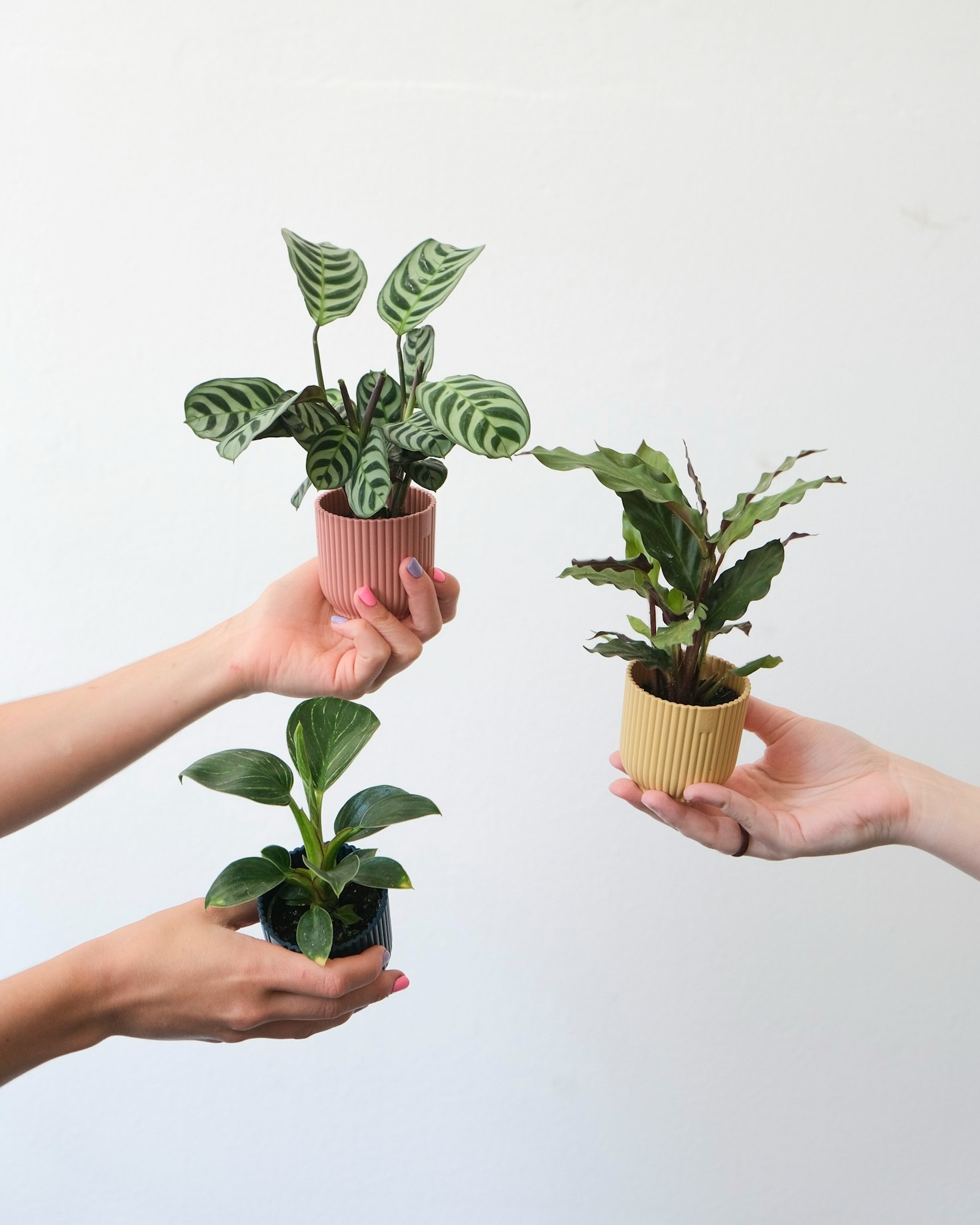Gardening isn’t just about what we grow — it’s about how we grow it. An eco-inspired garden goes beyond aesthetics. It creates a space that’s alive, resilient, and supportive of the natural world around us. Whether you have a large backyard, a compact urban plot, or a sunny balcony, sustainable gardening practices can transform your outdoor space into a year-round sanctuary.
In this guide, we’ll explore how to design and maintain an eco-friendly garden through every season. From planting pollinator-friendly flowers in spring to offering wildlife shelter in winter, you’ll find practical tips and creative ideas to help your garden flourish while treading lightly on the planet.
Let’s dig into each season — and discover how your garden can thrive, naturally
Creating an eco-inspired garden is a wonderful way to connect with nature, support local wildlife, and enjoy a beautiful outdoor space year-round. Whether you have a sprawling backyard or a small balcony, there are numerous creative ideas to make your garden sustainable, vibrant, and adaptable to all seasons.
Spring: Planting for Pollinators and Growth
Spring is the perfect time to focus on planting native flowers and shrubs that attract pollinators like bees and butterflies. Choose a variety of species that bloom at different times to provide continuous nectar. Incorporate compost and natural fertilizers to enrich the soil and promote healthy growth without harmful chemicals.
Summer: Water-Wise and Shade-Friendly Designs
During the hot summer months, conserving water is essential. Use drought-tolerant plants such as succulents, lavender, and ornamental grasses to reduce water usage. Installing rain barrels can help collect and reuse rainwater. Create shaded areas with pergolas, trellises, or strategically planted trees to offer cool retreats for both plants and people.
Autumn: Harvest and Prepare for Winter
Autumn is a time to harvest the fruits of your labor and prepare your garden for colder months. Plant cover crops like clover or rye to protect soil from erosion and add nutrients. Mulching fallen leaves enriches the soil and provides habitat for beneficial insects. Consider planting bulbs now for colorful spring blooms.
Winter: Shelter and Support Wildlife
Even in winter, your garden can be a haven for wildlife. Provide bird feeders and nesting boxes to support local birds. Use evergreen shrubs for shelter and maintain some dried seed heads for small mammals and insects. Plan ahead by designing garden beds that offer year-round interest with varied textures and colors.
Year-Round Tips:
- Compost kitchen scraps and garden waste to create nutrient-rich soil.
- Avoid chemical pesticides and herbicides; opt for natural pest control methods.
- Incorporate recycled materials for garden structures and decorations.
- Use native plants to reduce maintenance and support local ecosystems.
- Design with layers—ground covers, shrubs, and trees—to maximize biodiversity.


By embracing eco-inspired gardening practices, you not only create a beautiful and dynamic garden but also contribute positively to the environment. With thoughtful planning and creativity, your outdoor space can thrive through all seasons, offering enjoyment and ecological benefits all year long.



Leave a Reply